Introduction
In the vast realm of natural remedies and superfoods, wild goji berries (Lycium barbarum) stand out for their rich nutritional profile and myriad health benefits. These tiny, red fruits, often found growing wild in the arid landscapes of Asia, are prized for their high concentrations of antioxidants, vitamins, minerals, and amino acids. To harness their full potential, proper drying is crucial. This process not only preserves the berries for extended periods but also enhances their flavor and nutritional value. In this comprehensive guide, we will explore the intricacies of drying wild goji berries, from harvesting to storage, ensuring you get the best from your natural harvest.
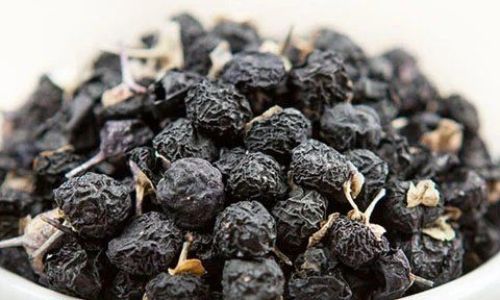
Harvesting Wild Goji Berries
The first step in drying wild goji berries is, of course, harvesting them. Timing is everything; you need to pick the berries at their peak ripeness, usually when they have turned a vibrant, deep red. This typically occurs in late summer to early autumn, depending on the region’s climate.
-
Identification: Ensure you are picking wild goji berries, not a similar-looking plant. Goji berries have a distinctive shape, with a slightly wrinkled skin and a small, hard seed inside.
-
Selective Harvesting: Pick only fully ripe berries. Avoid those that are damaged, moldy, or insect-infested. Gently pluck them from the branches to prevent damaging the plant.
-
Cleaning: Once collected, rinse the berries gently in cool water to remove any dirt, debris, or pests. Use a soft cloth or your hands to avoid crushing the berries. Pat them dry with a clean towel.
Preparing for Drying
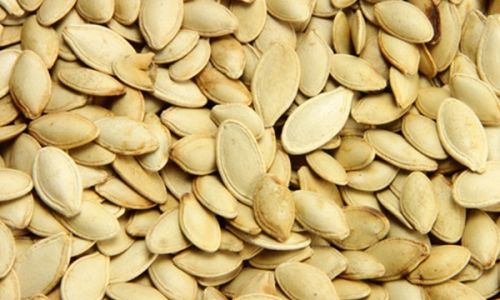
Before starting the drying process, there are a few preparations to consider:
-
Sorting: After cleaning, sort the berries by size and quality. Separate any imperfect berries that might affect the drying process or final product.
-
De-stemming: Remove the stems from the berries. This step is crucial as stems can harbor moisture and bacteria, leading to mold during drying.
-
Blanching (Optional): Some people prefer to blanch the berries briefly in hot water before drying. This step can help inactivate enzymes that could cause discoloration and improve the drying efficiency. However, it slightly alters the flavor and nutritional profile, so it’s a personal choice.
Drying Methods
There are several methods to dry wild goji berries, each with its own set of pros and cons. The choice often depends on the scale of production, available resources, and personal preference.
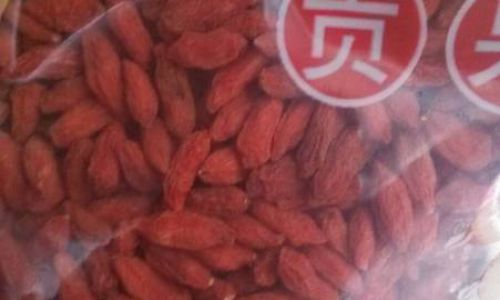
-
Sun Drying
- Setup: Lay the berries in a single layer on clean, dry screens or trays. Place these in a sunny, well-ventilated area.
- Duration: Sun drying can take several days to a week, depending on the intensity of sunlight and humidity levels.
- Considerations: Regularly turn the berries to ensure uniform drying. Protect them from birds and insects. Cover with a fine mesh if necessary.
-
Dehydrator Drying
- Equipment: Use a food dehydrator set to a temperature between 35-40°C (95-105°F).
- Duration: Dehydrating usually takes 12-24 hours, depending on the model and the initial moisture content of the berries.
- Considerations: Spread the berries in a single layer on the trays. Ensure there is good air circulation within the dehydrator.
-
Oven Drying
- Setup: Preheat your oven to its lowest setting, typically around 150°F (65°C). Use the oven’s convection mode if available for better air circulation.
- Duration: Oven drying can take 6-12 hours. Keep the oven door slightly ajar to allow moisture to escape.
- Considerations: Monitor the berries closely to prevent over-drying or burning. Stir occasionally for even drying.
-
Air-Drying with a Fan
- Setup: Place the berries on trays and set up a fan to blow air over them. This method requires a steady, dry climate.
- Duration: Air-drying can take several days to a week.
- Considerations: Ensure the area is dust-free and well-ventilated. Regularly turn the berries and check for mold.
Post-Drying Procedures
Once the berries are fully dried, they should feel light and brittle, with a deep, concentrated flavor. Here’s what to do next:
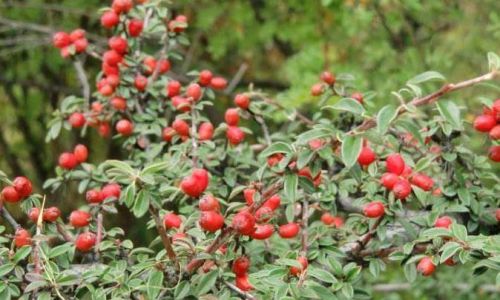
-
Cooling: Allow the dried berries to cool completely before handling. This helps prevent condensation and moisture buildup.
-
Storage: Store the dried goji berries in airtight containers, preferably glass or stainless steel, to avoid chemical contamination. Place them in a cool, dark place, away from direct sunlight and heat sources.
-
Long-Term Preservation: For extended storage, consider vacuum sealing or storing in an airtight container with a desiccant packet. Dried goji berries can last for up to a year if stored properly.
Conclusion
Drying wild goji berries is a rewarding endeavor that not only preserves these nutritious gems but also allows you to enjoy their benefits throughout the year. By following the steps outlined in this guide, from careful harvesting to proper storage, you can ensure that your wild goji berries retain their vibrant color, rich flavor, and potent health benefits. Whether you opt for sun drying, using a dehydrator, oven drying, or air-drying with a fan, each method offers a unique way to capture the essence of these remarkable fruits. Happy harvesting and drying!
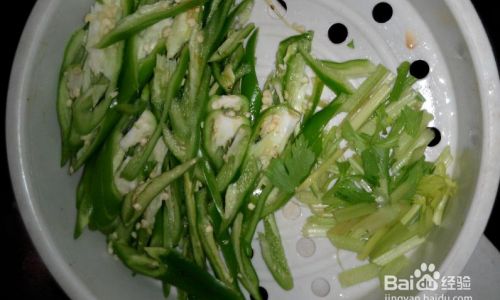
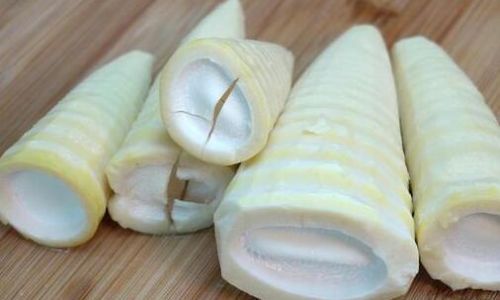
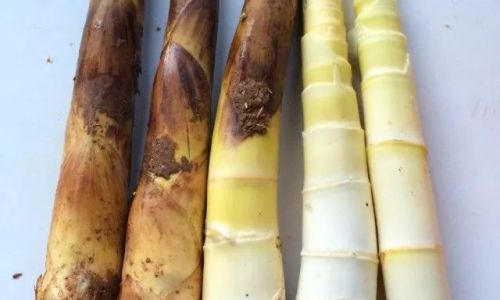



0 comments